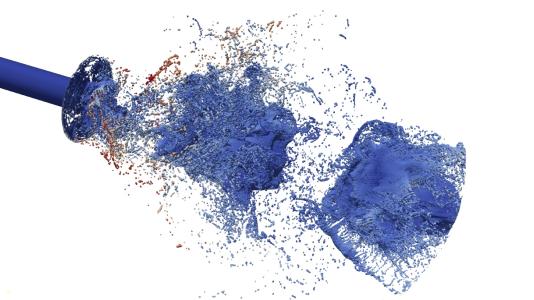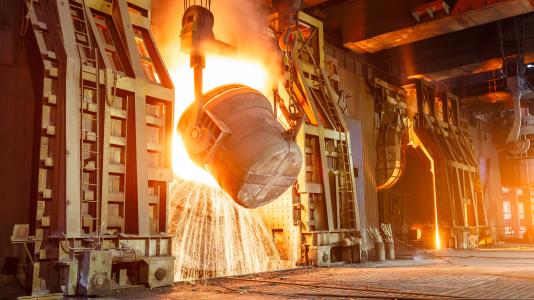The novel lubricants made of carbon-based particles suspended in a liquid hydrocarbon carrier, significantly lower friction and wear resulting in improved fuel economics and durability.
The energy efficiency, durability, and environmental compatibility of all kinds of moving mechanical systems (including engines) are closely related to the effectiveness of the lubricants being used on their rolling, rotating, and sliding surfaces. Therefore, lubricants play a vital role in machine life, efficiency, and overall performance. Poor or inefficient lubrication always result in higher friction and severe wear losses, which can in turn adversely impact the performance and durability of mechanical systems. In particular, progressive wear due to inadequate lubrication is one of the most serious causes of component failure. Inadequate lubrication can also cause significant energy losses in the above-mentioned industrial systems mainly because of high friction. There is an ongoing need for new lubricant compositions that are environmentally friendly or benign, and which provide reduced friction and wear. The present invention addresses this need.
The present invention relates to the design and development of novel carbon-based materials as anti-friction and anti-wear additives for advanced lubrication purposes. The carbon-based materials have various shapes, sizes, and structures and are synthesized by autogenic reactions under extreme conditions of high temperature and pressure. The materials of the invention are created typically by the dissociation of organic, organo-metallic or polymeric compounds, such as plastic waste in absence or presence of a catalyst in a closed, ventable reactor in which the pressure in the reactor is provided solely by vaporization of carbon-based precursors (i.e., autogenic pressure generation). The resulting carbon products are typically in the form of carbon nanotubes, fibers, spheres or clusters that can optionally contain elements such as B, Fe, Co, Ni, Mo, W, Ag, Au, Sn, Bi or their oxides, carbides, borides, nitrides and sulfides. Under severe tribological conditions, these carbon-based additives can improve lubrication properties without having a negative environmental impact. Specifically, the novel lubricants have the ability to significantly lower friction and wear, which can translate, for example, into improved fuel economies and longer durability of engines and mechanical devices.
US Patent 9,441,178 Materials as additives for advanced lubrication
View Patent Details
US Patent 8,648,019 Materials as additives for advanced lubrication
View Patent Details
Publication
Pol, V.G. et al., Carbon Spherules: Synthesis, Properties and Mechanistic Elucidation, Carbon (2004) 42, 111-116.

